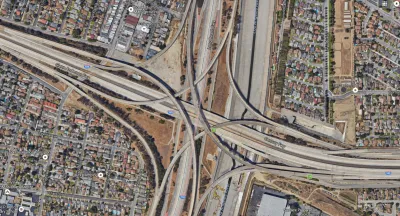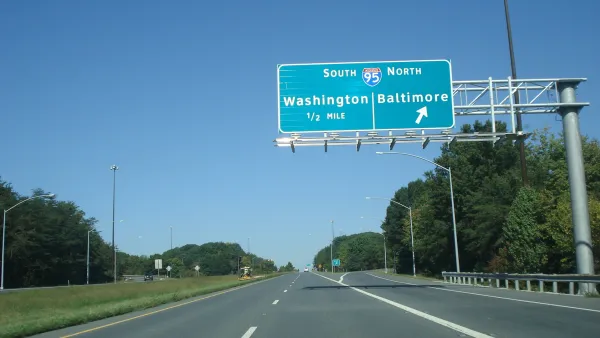Knowing is half the battle, and most people have a lot to learn about metropolitan planning organizations (MPOs) and how they maintain the status quo of transportation planning and spending in the United States.

With over 400 MPOs in the United States, why have so few Americans interacted with, or understand, these organizations, even as this lack of understanding contributes to a status quo that is draining governments of money and locking in the car-centric status quo.
A blog post by Sam Sklar attempts the impossible (we kid): to explain metropolitan planning organizations, even making it sound simple:
Chances are you’ve never had a meaningful interaction with your regional transportation planning body, sometimes known as an MPO—Metropolitan Planning Organization. This organization, required by law for regions over 50,000 people, does two things: creates and maintains a long range plan (LRP) and the capital spending program that feeds into the statewide program—the Transportation Improvement Program (TIP) to the Statewide Transportation Improvement Program (STIP) superhighway.
The article provides a brief history of MPOs—even with 400 MPOs in the country, none of them have been around for that long, and the first was created in 1960. But in that time, MPOs have had an underappreciated effect on the practice of planning. Or, as Sklar puts it: "The formalization of MPOs in the early 1970s into replicable agencies exploded the rationality of planning and appropriating the future of highway dollars, now coming in the billions annually."
But the planning choices of MPOs led to freeway revolts and Sklar notes some fundamental discrepancies and conflicts with the way MPOs function, and the results they deliver.
With the many challenges of regional transportation and land use planning governance in mind, Sklar also presents a series of policy prescriptions to hold MPOS accountable for their decisions and to better deliver projects that meet the actual needs of the community. Underlying these prescriptions is an acknowledgement that large transportation projects should refocus their efforts to fixing existing infrastructure first, before expanding the capacity of the system.
FULL STORY: I'm sorry, I don't speak MPO.

National Parks Layoffs Will Cause Communities to Lose Billions
Thousands of essential park workers were laid off this week, just before the busy spring break season.

Retro-silient?: America’s First “Eco-burb,” The Woodlands Turns 50
A master-planned community north of Houston offers lessons on green infrastructure and resilient design, but falls short of its founder’s lofty affordability and walkability goals.

Delivering for America Plan Will Downgrade Mail Service in at Least 49.5 Percent of Zip Codes
Republican and Democrat lawmakers criticize the plan for its disproportionate negative impact on rural communities.

Test News Post 1
This is a summary

Test News Headline 46
Test for the image on the front page.

Balancing Bombs and Butterflies: How the National Guard Protects a Rare Species
The National Guard at Fort Indiantown Gap uses GIS technology and land management strategies to balance military training with conservation efforts, ensuring the survival of the rare eastern regal fritillary butterfly.
Urban Design for Planners 1: Software Tools
This six-course series explores essential urban design concepts using open source software and equips planners with the tools they need to participate fully in the urban design process.
Planning for Universal Design
Learn the tools for implementing Universal Design in planning regulations.
EMC Planning Group, Inc.
Planetizen
Planetizen
Mpact (formerly Rail~Volution)
Great Falls Development Authority, Inc.
HUDs Office of Policy Development and Research
NYU Wagner Graduate School of Public Service




























